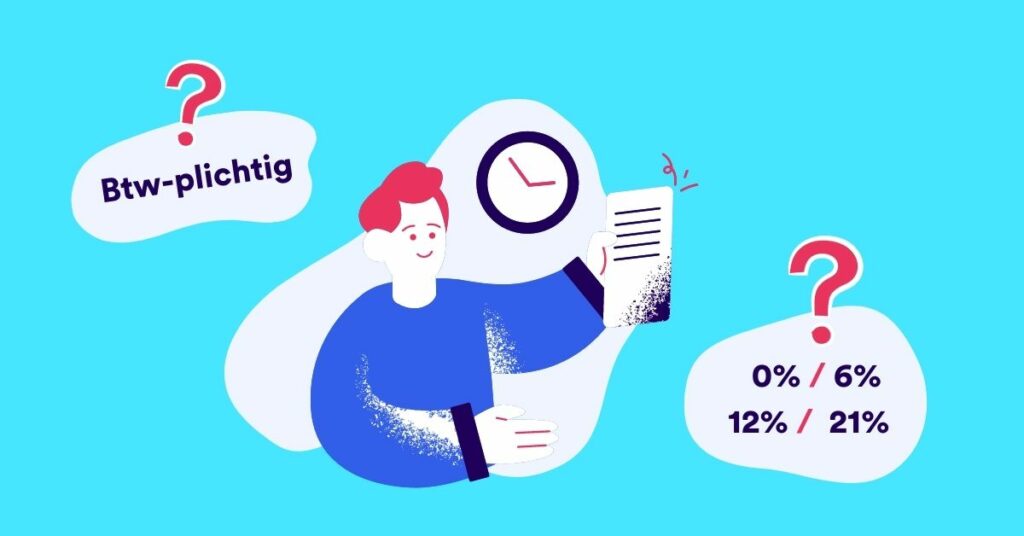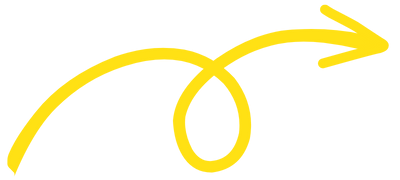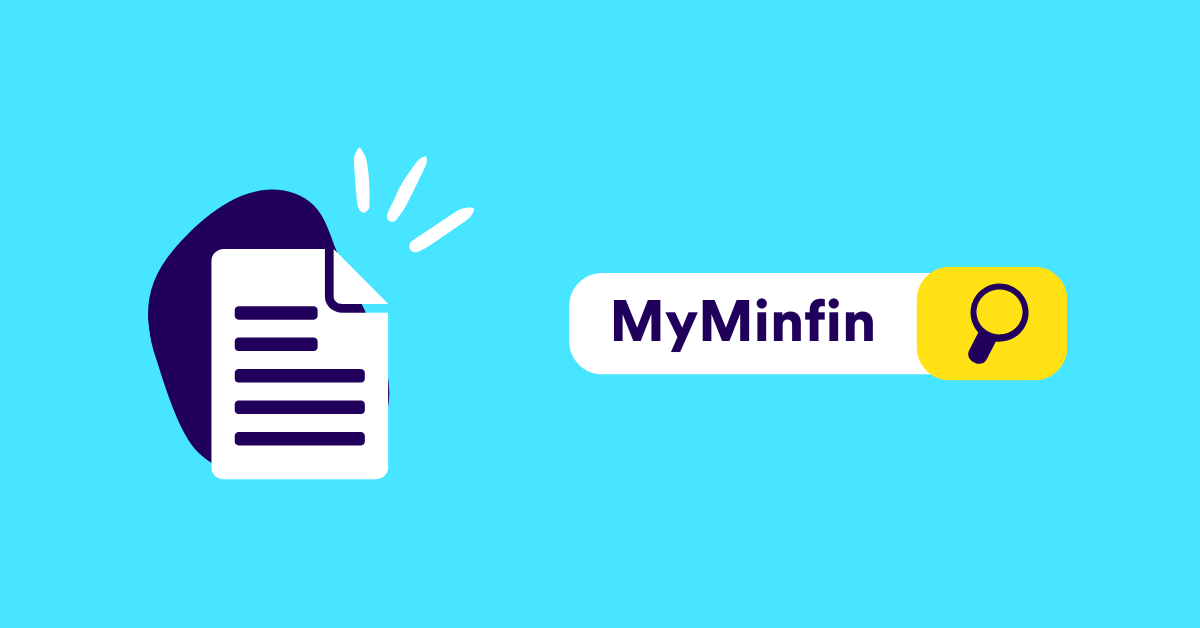As an entrepreneur, you won’t be able to get around vAT. However small or large your company is, whatever company form you choose, whatever your social status, VAT will inevitably be part of it.
So time to immerse yourself as a (starting) entrepreneur in our vAT pool. We promise you simple concepts and clear examples!
What is vAT? 🔎
VAT is (almost) ubiquitous, you won’t even stop to think that every purchase you make today probably comes with a hefty amount of vAT amount.
Yet the draft ‘VAT’ is often somewhat vague – what does the word actually mean? For many people, the answer will simply be: a tax.
Well VAT is an abbreviation for ‘value-added tax’, the word taxes already comes back to it.
However, it is a form of tax that only impacts the end user, the last consumer in the production chain. In the introduction, we won’t go into any more detail here. We will come back to this in a calculation example!
Are you that consumer, i.e. the end user? Then you will be paid 0%, 6%, 12% or 21% vAT % on your purchases. If you would like more information on the different vAT rates, be sure to click through to the blog article.
What is a vAT number?
Now that we already have a bit more background information on the whole VAT thing, it’s time for the next stop: the vAT number.
Every Belgian entrepreneur has a company number. This is strictly necessary if you want to start as an entrepreneur. If you want to know more about starting as an entrepreneur, be sure to take a look at our step-by-step plan for starting a sole proprietor.
Through the company number – a unique, 10-digit code – every Belgian company is identified. It is also this company number that is activated for vAT purposes.
So there is no separate vAT number. The company number is activated for VAT and then we speak of a vAT number.
It remains the same 10-digit code, only with the difference below:
- As a non-VAT subject to VAT, you have a company number, not activated for VAT.
- As a VAT-exempt person, you have a company number, activated for VAT, but exempt from VAT declarations.
- As a VAT subject, you have a company number, activated for VAT and with the obligation to submit VAT declarations.
Subject to VAT or not?
Before we continue with an explanation of how to apply for or look up a vAT number, how easy it is to file a VAT declaration yourself, and so on, let’s first take a look at the different VAT statutes.
In fact, there are three vAT types. If you want to make it really complex, you can even mix between VAT statuses, which are the mixed VAT statuses, but for now we will discuss three statutes individually.
1️⃣Niet subject to VAT
These are self-employed people who have no choice in terms of vAT type. This group of entrepreneurs has nothing to do with VAT based on their activities.
This is because the legislator has decided for many activities that VAT may never be charged on them. This is to keep it affordable for the general public. Entrepreneurs who carry out these activities specifically will therefore never be subject to VAT. They may never charge VAT to their customers and can never recover VAT on their purchases. They are completely out of the scope of vAT.
Examples:
A doctor, physiotherapist, midwife, certain activities in the cultural sector, … These activities are legally excluded from vAT and, consequently, so are the self-employed who carry out these activities.
2️⃣Btw exempted from VAT
The next group to entrepreneurs are the vAT-exempt ones. This group does not carry out activities that are legally excluded from VAT, see the point ‘not subject to VAT’.
Consequently, they are subject to VAT but have made a conscious choice to be exempted from VAT anyway. They can only make that choice if their turnover remains below EUR 25,000 on an annual basis and they do not carry out activities related to building and land.
VAT-exempt entrepreneurs do have a vAT number but are exempted from VAT. They charge 0% VAT to their customers and consequently cannot recover VAT on their purchases. Of course, as a VAT-exempt entrepreneur, you do not have to file vAT declarations.
Tip:
Entrepreneurs often choose to be VAT-exempt because they are afraid of a vAT declaration or because their accountant will otherwise cost a lot more. If you choose Dexxter, filing your vAT declaration all by yourself is a piece of cake! What’s more, it won’t cost you an extra euro cent!
3️⃣Btw subject to VAT
The last statute, the group subject to VAT. This group therefore does not carry out activities that are legally excluded from VAT, see the point ‘not subject to VAT’. In addition, they have also not opted for the vAT exemption.
An entrepreneur subject to VAT will charge 6%, 12% or 21% VAT to his customers and will also recover VAT on his purchases. Also know that you can always be subject to VAT, regardless of whether you have much or little income. So even the smallest self-employed can choose to be subject to VAT.
We also strongly encourage this at Dexxter, precisely because our module for submitting your own vAT declarations is so simply formatted. Any sole proprietors subject to VAT can complete their VAT formalities completely by themselves with Dexxter.
Still in doubt? Will you go for that VAT exemption or become subject to VAT? Where are the differences for yourself and for your customers?
We have a full blog article ready for you in which we cite a detailed example for each vAT type. Ideal to clear up those last doubts!
A calculation example 🧮
- Income
Franky has just started as a secondary occupation graphic designer and has opted for the vAT exemption. He makes his first sales invoice and charges €1,000 for his services rendered. Because of his VAT exemption, Franky charges 0% vAT %. So his customer receives an invoice in his mailbox for €1,000.
Rudy has also just started out self-employed. As a dog groomer in secondary occupation, he has chosen to be subject to VAT. He too makes his first sales invoice and charges €1,000 for his services rendered. Rudy charges 21% VAT on top of this, so his customer receives an invoice in the mailbox of €1,210 including VAT, €1,000 excluding VAT.
- Purchases
Franky purchases some equipment worth €605 including VAT, €500 excluding VAT. He is exempted from VAT and therefore cannot recover VAT. A cost of €605 appears in Franky’s accounts, the vAT that he cannot recover is included in the cost.
Rudy also buys some equipment worth €605 including VAT, €500 excluding VAT. He is subject to VAT and will recover that €105 of VAT via his vAT declaration. There will be €500 as a cost in accounts from Rudy.
- Profits
VAT exempted Frankyhas €1,000 in income and €605 in expenses, so he has a profit of €395.
VAT subject to VAT Rudy has €1,000 in income and €500 in expenses, so he has a profit of €500.
Thanks to his subject to VAT statute, Rudy has therefore just made a 27% profit on the same income and costs.
Would you like a more detailed calculation example? We will look at some nuances such as who your customers are and how they too can play a role in this.
Apply for a vAT number?
Convinced to fly in as a self-employed person subject to VAT? Or make a switch from your current VAT exemption to VAT liability? Because that too is possible, of course!
Via a recognised one-stop business shop, this is child’s play and that is where you need to be anyway to question your company number.
When applying for your company number, a Guichet d’entreprises can also immediately pass on your VAT exemption or VAT liability to the VAT administration. Only if you are not subject to VAT, no actions need to be taken towards VAT administration.
Being subject to VAT or exempted has an extra cost of +- 70 euros, but is obviously necessary to be legally okay.
Tip:
Having doubts when you hear the words company number or company office? Then be sure to read our step-by-step plan for starting up your sole proprietors, you’ll be all set in no time.
Looking up or checking a vAT number?
Would you like to look up someone’s vAT type? You can find that perfectly online. Here you will find further explanations and an instruction video.
The vAT declaration: in practice
As an entrepreneur subject to VAT, you have an amount of extra tax deadlines, but they are actually not too bad.
You are going to charge VAT to your customers and recover VAT on your purchases, simple right? Although, as a start-up entrepreneur, that won’t tell you much yet. Time to view the practical side of VAT? Find a more detailed explanation here.
Getting the vAT amount out of an amount?
Do you sometimes struggle to go from including VAT to excluding VAT? No worries, lots of entrepreneurs do!
We have created a handy calculator for this on our website. So you can quickly and easily go from inclusive to exclusive depending on the vAT rate, discover it here.















